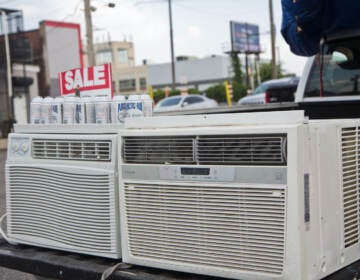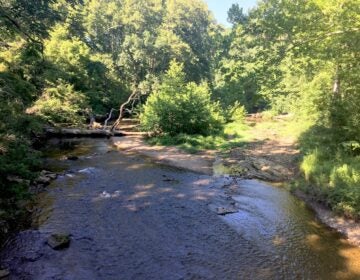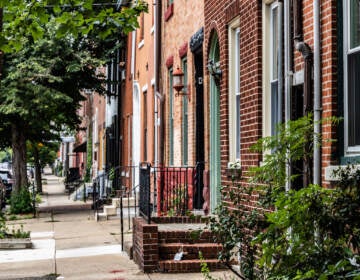UC Review: Helping cities go [zoning] Code Green
UC Review: Helping cities go [zoning] Code Green
As Philadelphia’s newly revised zoning code is being trotted around the city for public comment in neighborhood events, a forum to explore how zoning codes can shape communities was held last week at the Academy of Natural Sciences.
The Thursday, March 18 program, “Cracking the Code,” looked at how 21st century building and zoning codes will make or break communities.
Much of the program centered on “green” issues and how the two different codes can steer development in that direction.
Frances Burns, Commissioner of the city’s Department of Licenses and Inspections, said her department recently contracted a green building manager and put into effect green building guidelines to offer developers and home renovators who must work with L & I.
But L & I will also take a slightly more proactive step toward making the city a greener place to live and work.
Inspectors and examiners at the agency will soon be trained to become LEED (Leadership in Energy and Environmental Design) certified, she said.
LEED is a certification system of the U.S. Green Building Council that measures how well a building or community performs in a variety of “green” and sustainability areas.
The event, part of the Academy’s Urban Sustainability Forum, was sponsored in part by the Delaware Valley Green Building Council, which advocates for and educates persons and businesses about green building practices.
The group has over 1,000 members, most of whom are builders, architects, contractors, and landscape architects. Over 250 volunteers work with the organization and make up DVGBC’s advisory council.
Other sponsors of the event included the Sierra Club, the Academy of Natural Sciences’ Center for Environmental Policy, the sustainable Business Network, and the City of Philadelphia.
Burns also said a new focus on green practices and construction elements raises new questions for her agency, such as, “Do solar power cells require both a zoning permit and an electrical permit?” and “What are incentives and impediments to building green buildings?”
As part of the city’s drive to become the greenest city in America, Burns said Philadelphia wants to teach by example how to craft a zoning code to steer development toward creating green buildings.
Dan Elliot, senior consultant at Clarion Associates, a land use and real estate consulting firm with offices in Philadelphia and six other U.S. cities, said most zoning codes in the country are either old or out of date with their city’s planning code.
Eliot said that zoning codes need to balance the needs of the cities they serve and the needs of nature. Many issues addressed in zoning codes have to do with the building code, not the zoning code.
” What I do is make them work hand-in-hand. Now they don’t,” Eliot said.
Eliot said, ” cities can steer developers in the directions they want, [but] sometimes you have to pay them to do it.” “That is,” he explained, “offer incentives to developers to guide their designs.”
Like L & I’s Burns, Eliot said that cities need to encourage builders to become LEED certified. That can remove barriers and create incentives.
LEED targets for greening efforts in cities across the country are composting, solar panels, recycling, waste reduction, and water management “Zoning is a good way to address these issues,” he said.
He had several specific goals for the city’s green and sustainability goals. “We need to encourage renewable energy, encourage water conservation, allow urban food production, and promote walking.”
But common sense was just as much a part of his map to a city’s self-reliance and reducing the municipal its carbon footprint.
“It’s helpful to look at sustainability from the perspective of one’s pocketbook,” he said. Paying attention to that aspect can lead to such green goals as not having as much waste hauled away, “deconstructing” buildings instead of demolishing them to retain re-usable building components, and selling them to recyclers.
Maureen Gutman, executive director of the Governor’s Green Government Council and a member of the Green Codes Committee of the International Codes Council, said in addition to crafting an effective zoning code, cities need to focus on their building codes, which exist, she said, to ensure fire protection, egress of occupants, and health, safety and welfare.
And she said it was building regulations which ensure that builders create safe structures.Anyone seeing a dangerous situation would naturally not enter a building for fear of injury, she said, but nobody thinks twice about entering a building; “that’s why we have building codes,” she said.
She also said up-to-date, flexible building codes can help reduce the number of old, historic buildings that developers tear down to make way for new projects. Often, she said, the builders are unable to use the older structures because current code regulations reflect only modern concerns that did not exist when the original buildings were erected, so they have to be replaced.
To be effective, any zoning code must be adaptable, enforceable, and usable, she said.
WHYY is your source for fact-based, in-depth journalism and information. As a nonprofit organization, we rely on financial support from readers like you. Please give today.






